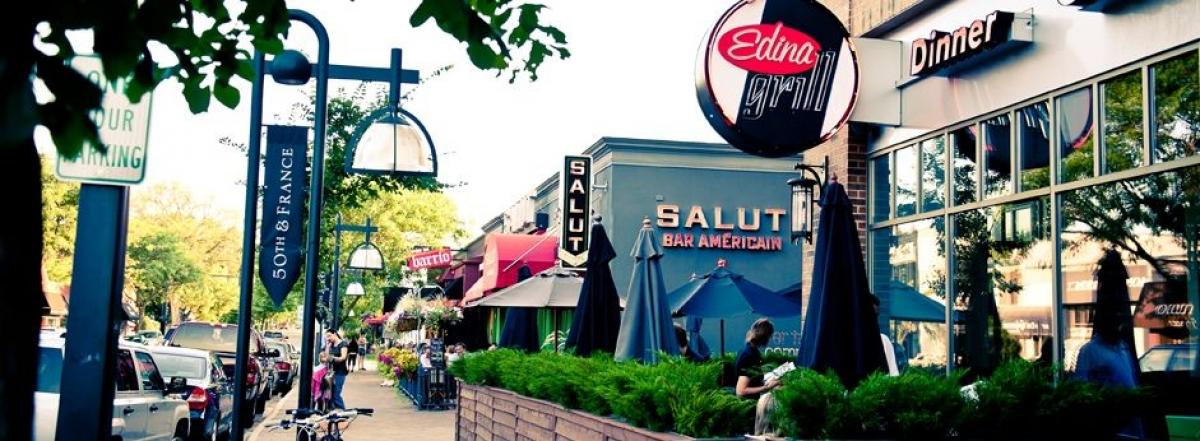-
City Hall
-
- Common Council Meet Your Council Meeting Information Boards & Commissions Agendas and Minutes Vacancies City Manager City Staff Departments Administration City Assessor City Clerk Elections Finance Airport Community Development Housing Authority
- Departments Communications Fire New Fire Facility Project Library Museums PATH Parks & Recreation Mound View Campground Event Center Parks Recreation Senior Center Police Public Works City Cemeteries Water & Sewer City Staff Directory
-
Budgets
Municipal Code
Job Opportunities
Bids and RFPs
Platteville Places (GIS)
Forms, Permits and Applications
Documents, Reports,
and Presentations Parking Elections
-
-
Business & Development
-
-
Bring Your Business
Here Municipal Code Platteville Transit Platteville Airport New Development Comprehensive Plan Development and Zoning Application Fees Current Projects New Housing Fee Report - Downtown Downtown Revitalization Plan Historic Preservation Plan Downtown Reserved Parking Main Street Redevelopment Authority TIF Districts Forms, Permits and Applications Bids and RFPs
- Economic Development Partners Platteville Regional Chamber Platteville Business Incubator Platteville Area Industrial Development (PAIDC) Grant County WI Economic Development (GCEDC) Wisconsin Small Business Center Wisconsin Women's Business Initiative Wisconsin Economic Development Corp. (WEDC)
-
Bring Your Business
-
-
Our Community
-
- Welcome to Platteville Life in Platteville New Residents Community Kudos Demographics History Local Businesses Things to Do Upcoming Events Farmer's Market Library Museums Parks & Recreation Pool Senior Center Tourism Biking & Hiking ATV/UTV Routes
- Services Services A-Z Elections & Voting Broske Event Center Rentals Auditorium Rental Garbage & Recycling Parking Information Dog Licensing Platteville Places (GIS) Public Transportation Submit a Request or Concern Yard Waste Public Safety Police Fire COVID-19 (Coronavirus) Parking
- Community Organizations Platteville Regional Chamber Main Street Program Platteville Community Arboretum Rountree Gallery Current Projects Schools Platteville School District University of Wisconsin-Platteville Southwest Tech
-
-
Connect
-
- Contact Us Submit a Request or Concern Submit a Community Event City Staff Directory Department Contacts Job Opportunities Alerts and Notifications Email Subscriptions CodeRED Alerts New Residents
- Online Resources Agendas and Minutes Calendar Municipal Code Documents, Reports, and Presentations Forms, Permits, and Applications City News In The Spotlight 53818 Update Newsletter
- Social Media Facebook City Library Museum Parks and Recreation Police Pool Senior Center Twitter City Library Police
-
A Tale of Parking in Two Cities

A Tale of Parking in Two Cities
Sometimes it amazes me in how similar conversations can be in two very different places. Today I’m thinking of downtown parking. When I arrived in Platteville, I started to hear about a downtown parking problem and I felt a strange sense of deja vu.
During my first few years as Assistant City Manager in Edina, Minnesota, the community was trying address parking issues in their “downtown”, a shopping node known as 50th and France. 50th and France is unique in that the commercial area actually straddles both the cities of Edina and Minneapolis. The city of Edina paid for and maintained three free parking garages on the Edina side. Maintenance on the garages was paid through a special assessment in the business district. Businesses on the Minneapolis side benefited from garages but did not pay towards them. A big issue for Edina, but not so relevant to us.
Overtime, building uses in the area changed as the district became more and more popular. Upper stories and back alleys of buildings were converted to offices and studios. New buildings were added with housing on the upper floors. New businesses were added - most notably a number of popular new restaurants. Parking demands intensified, especially during the Christmas season. Businesses began to lobby for an expansion of the existing ramps.
Ramps are an expensive solution. Estimates in Edina were about $20,000 per stall to construct. Like Platteville, Edina was also facing aging infrastructure. The existing ramps needed repair work that alone would cost over 3 million dollars. The community worked to several months to determine the best course of action. In the end, they arrived at the following solutions:
- $3.3 million in repairs (cost borne by the business district through special assessments)
- $2.3 million in capital improvements (paid for by the City). Improvements included new lighting, better pedestrian access, and a dynamic wayfinding system that would let drivers know which ramps were full when entering the district. The wayfinding system was a critical component in reducing customer frustration.
- Reallocated employee parking. The South Ramp was by the heaviest used and contained a lot of employee parking. The employee spots were moved to the more lightly-used North Ramp.
- Land purchase. The City has purchased some blighted buildings in the area for potential future use as parking or a combination of parking with other development.
So what does this have to do with Platteville? We don’t even have one parking ramp not to mention three! Here are the lessons I learned from Edina that may hold true for Platteville as well. First, take care of your existing infrastructure first. First impressions matter and the state of some of our existing lots probably doesn’t leave the right one. Two, try less expensive solutions before you move to significant capital items. Three, manage your employee parking. Don’t allow employees to take prime customer spots. Last, plan for the future. Assume that parking demands may continue to grow.
Both Platteville and Edina are fortunate to have dynamic downtown districts that are attracting new investment. Parking challenges are a symptom of a successful commercial area. Better to be having a parking debate than the alterative. So the question becomes: How will we work together to adapt to the changing environment?
In January, the conversation got started with a group of downtown business owners brainstorming ideas. The Common Council will start their discussion at a work session on March 8.

